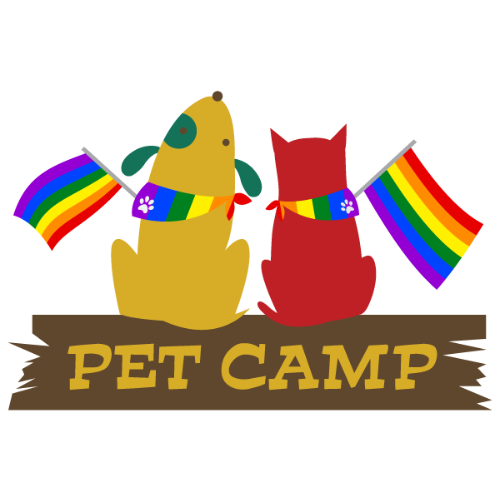We all know that spay and neuter programs are essential to keeping the dog and cat population under control. In San Francisco we are fortunate to have a host of low cost spay and neuter programs; in fact for many years Pet Camp was proud to host the Peninsula Humane Society & SPCA’s free mobile spay/neuter clinic (their “Go Nuts” van). But what about other areas of California or other states? Are such programs readily available?
The Commonwealth of Virginia is trying to answer this question by establishing a “Companion Animal Surgical Sterilization Fund” to provide free or low cost spay and neutering to eligible dogs or cats. So of course, this raises the questions of (1) how do you pay for it and (2) who is eligible?
To pay for the program the Commonwealth wants to add a charge of $50 per ton (that’s 2,000 pounds or 906 kg for those of you using the metric system) to “every person in the Commonwealth engaged in business as a manufacturer, wholesaler, or distributor of pet food products …” Depending on how this is interpreted, this could mean up to a tax of $100 per ton. But assuming that the entire ton of dog food was packaged into 40 pound bags that would still only be an increase of $2 a bag. For a place like Pet Camp that goes through a lot of food that might add up, but for the average dog parent it probably would amount to less than $24 per year, and even less for cat parents.
But how will this money be spent? First, the funds can only be spent on the spay/neuter of a “companion animal” which in Virginia means “any domestic or feral dog, domestic or feral cat, nonhuman primate, guinea pig, hamster, rabbit not raised for human food or fiber, exotic or native animal, reptile, exotic or native bird, or any feral animal or any animal under the care, custody, or ownership of a person or any animal that is bought, sold, traded, or bartered by any person.” In addition, the companion animal will only be eligible for free or low cost spay and neuter if it is “(i) the companion animal of a low-income owner; (ii) a feral or free-roaming cat; or (iii) not owned by an individual but in the possession of an animal shelter, pound, other releasing agency, or nonprofit organization and has not been transferred from a jurisdiction outside Virginia into the Commonwealth.”
When we read these we see lots of things to question: like how is “low-income” defined or verified (to be clear the no cost clinics we’ve hosted do not ask about income); and if the goal of the program is to provide this service to low income citizens of the Commonwealth why are shelters and non-profits included since these are funded by other sources? Now granted these questions don’t trump the overall goal of the proposal — but they make us wonder about implementation.
So the question remains, are you ready and willing to pay more for pet food to fund these types of low cost spay and neuter programs?
Thanks for reading!
